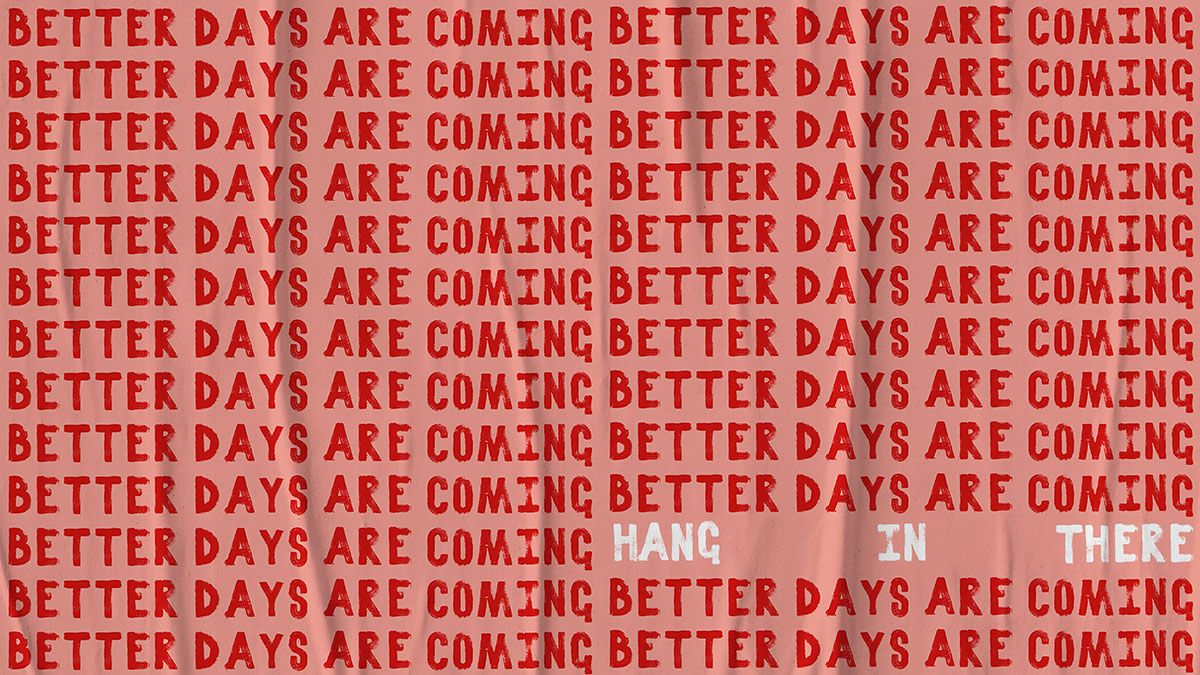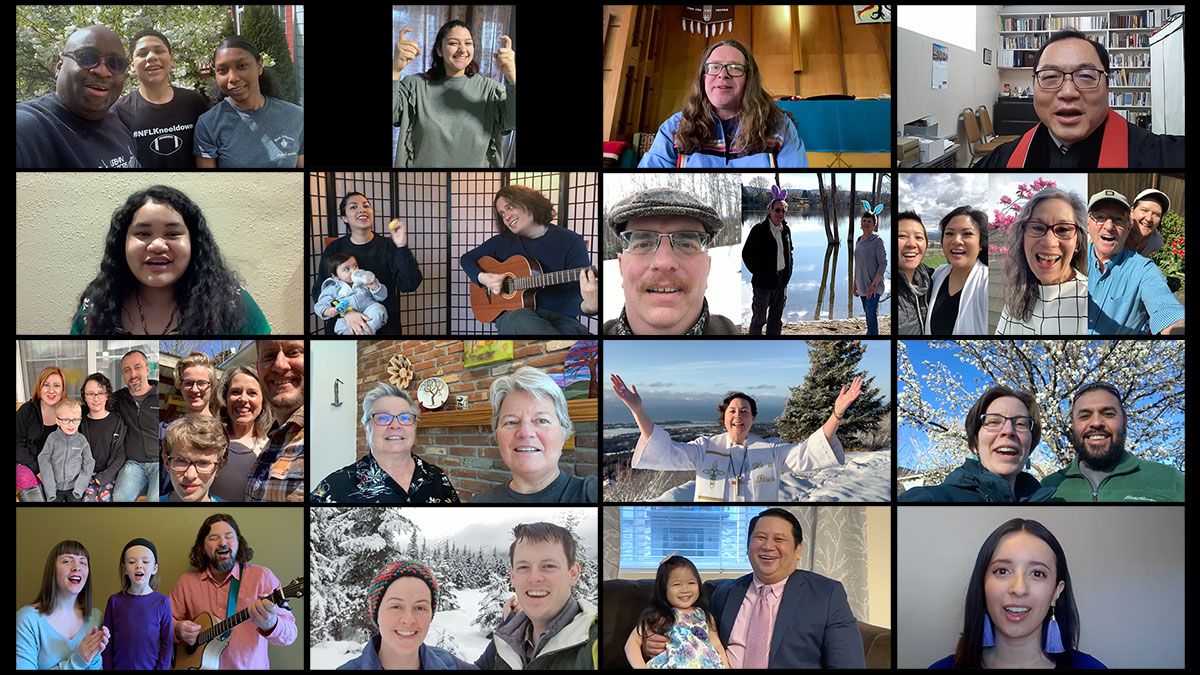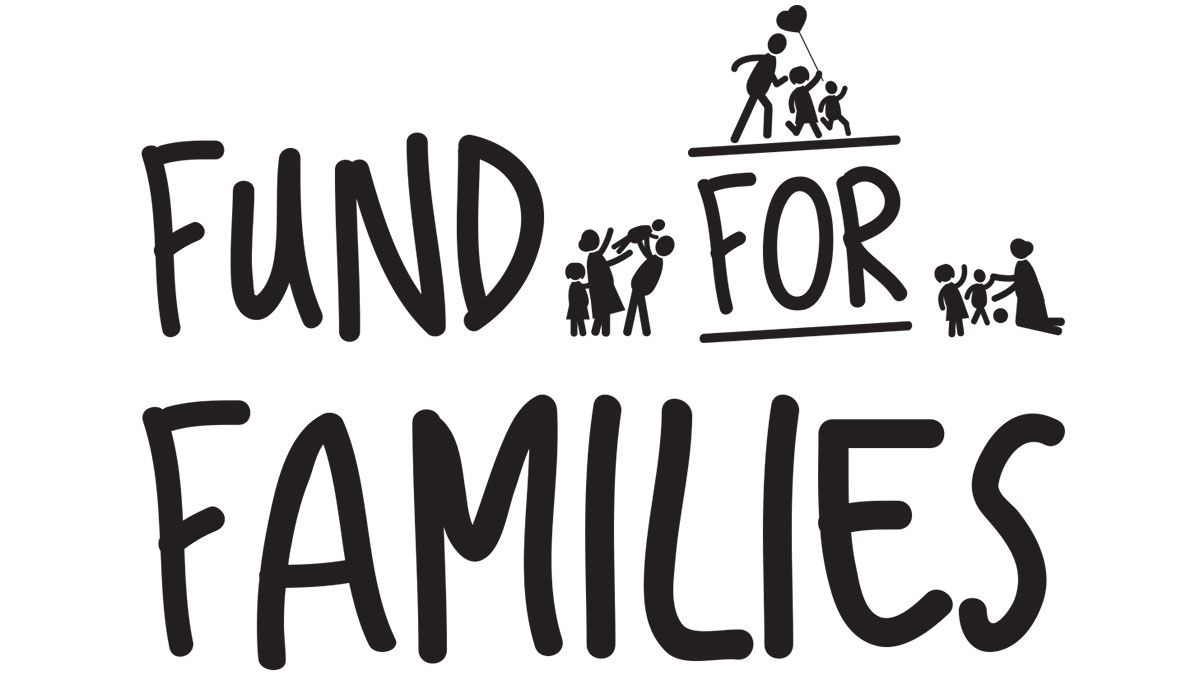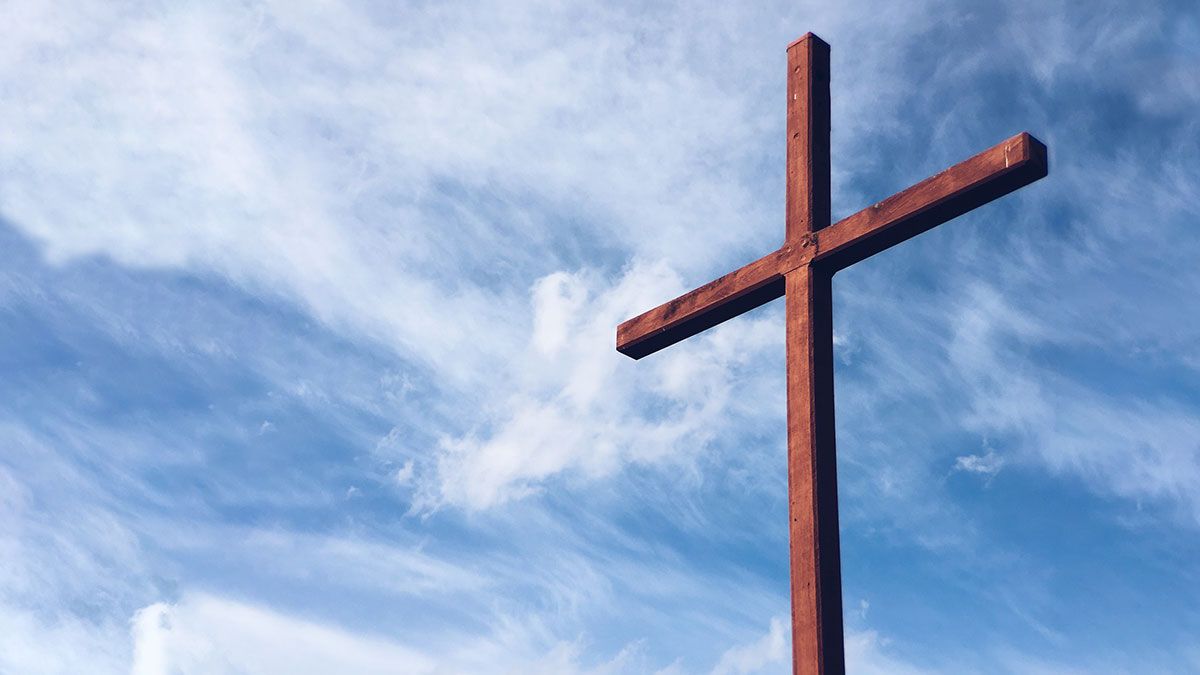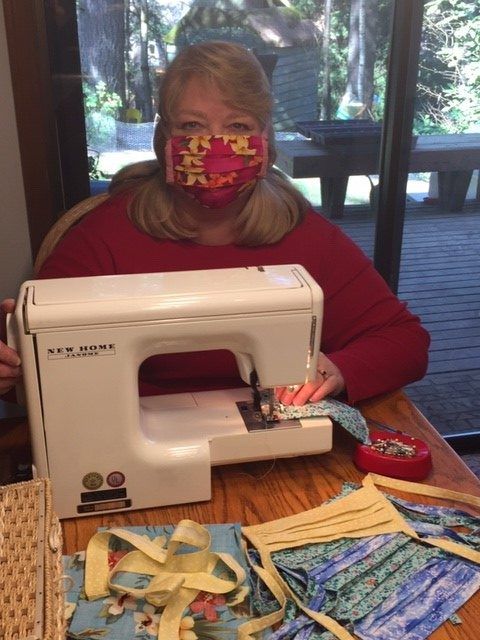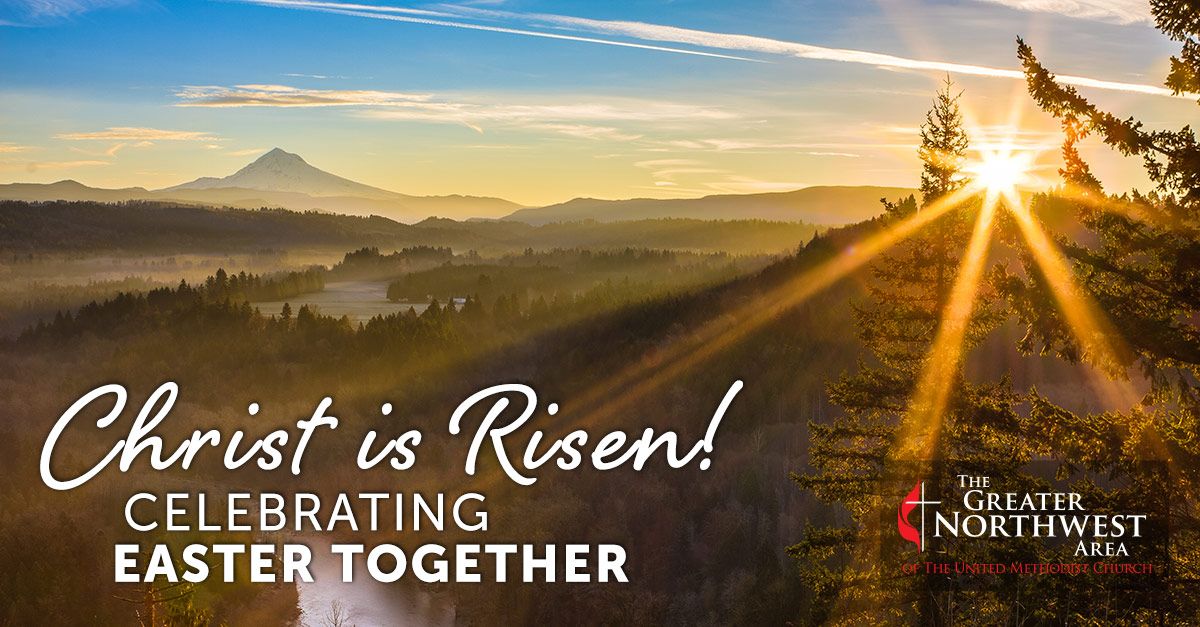Aviso #6, de parte de nuestra Obispa en relación con el COVID-19, 13 de mayo del 2020
Aviso #6, de parte de nuestra Obispa en relación con el COVID-19, 13 de mayo del 2020
EXTENSION DE SUSPENSIÓN DE ADORACIÓN Y CIERRE DE EDIFICIOS HASTA JUNIO 15, 2020
¿Qué hemos aprendido hasta ahora de la pandemia?
COVID-19 es oportunista. Busca oportunidades para saltar especies, para propagarse de una persona a otra.
Algunos entornos proporcionan excelentes condiciones para que el virus se propague. Piense en cruceros, prisiones, campamentos de trabajo para migrantes, hogares de ancianos, un portaaviones, refugios para personas sin hogar, subterráneos, plantas empacadoras de carne. Estos fueron algunos de los lugares de reproducción de esta enfermedad mortal. Y algunos de los primeros puntos críticos para la propagación de la enfermedad fueron las reuniones de adoración de comunidades religiosas.
El comportamiento humano puede reducir las posibilidades de propagación de este virus. En muchos lugares, la cooperación pública con directrices gubernamentales extremas han “aplanado la curva”, reduciendo la tasa de nuevas infecciones por COVID-19, las muertes, la necesidad de mayor equipo y suministros de emergencias.
Estas son buenas noticias.
Al mismo tiempo, el comportamiento humano también puede crear nuevas oportunidades para este virus mortal. A muchos expertos en enfermedades infecciosas les preocupa que pueda ser demasiado pronto para relajar las restricciones a la reunión social, las disciplinas de distanciamiento social, lavado de manos y uso de máscaras faciales en público. Anticipan que a medida que las personas comiencen a interactuar en grupos nuevamente, en contacto cercano entre sí y en espacios cerrados, la propagación del virus puede aumentar nuevamente. A medida que las personas vuelven a sus prácticas normales, advierten estos profesionales de la salud, que no podemos estar seguros de que el virus no resurja nuevamente.

Cómo se ve el amor cristiano en una pandemia
En esto hemos conocido el amor, en que él (Jesús)puso su vida por nosotros; también
nosotros debemos poner nuestras vidas por los hermanos.
1 Juan 3:16
Los seguidores de Jesús tienen un alto llamado a no hacer daño, a amar a nuestro prójimo como a nosotros mismos, y un deber sacrificial de vivir el uno para el otro.
Es un acto de supremacía del amor considerar el bienestar de los demás igual que el nuestro y vivir por el bien de los demás, incluso prefiriendo esto ante nuestro propio bien. Aprendimos este de Jesús, el cual por el gozo puesto delante de él sufrió la cruz,” (Hebreos 12:2b). Podemos aceptar este alto llamado, porque Jesús nos precedió, viviendo una vida de amor que se entrega, incluso a costa de su vida. En la resurrección de Jesús de entre los muertos, Dios nos revela más allá de toda sombra de duda que la vida dada a otros en amor nunca muere.
En esta crisis de salud, como en la mayoría de las crisis de cualquier tipo, las personas más vulnerables a la enfermedad son las personas que ya viven al margen de la sociedad con recursos limitados, personales, financieros y sociales, o que viven con desafíos físicos, mentales o emocionales. En particular, sabemos que las personas de color, especialmente los afroamericanos y las personas hispanas / latinas, corren un riesgo desproporcionado de contraer y morir por el virus.
La única forma en que puedo entender mi llamado cristiano frente a este virus poderoso y sigiloso (silencioso) es hacer lo que yo pueda para evitar que se propague, especialmente a aquellos que están en mayor riesgo. Y el costo para mí es pequeño, realmente:
- quédarme en casa
- lavar mis manos
- cubrir mi nariz y boca
- no doy la mano para saludar
- dar lo que pueda para aliviar el sufrimiento de los demás
- pido a las personas e iglesias que cuiden, que tomen precauciones razonables para evitar que alguien se enferme en un evento de la iglesia o en una de nuestras instalaciones de la iglesia.
Espero y oro para que busque en sus propios corazones y se pregunte: ¿Qué haría Jesús? Y asuma estos pequeños sacrificios por la salud de toda la comunidad, toda la familia humana.
‘Haría cualquier cosa por un cambio’
Mientras ejercen precaución, las iglesias deben prepararse para reabrir
Muchas personas están ansiosas por regresar a los edificios de nuestra iglesia y a los patrones de adoración, discipulado y servicio que conocemos y amamos. Mientras esperamos la nueva apertura de nuestras iglesias, podemos prepararnos ahora.
La apertura de iglesias, como la apertura de nuestras comunidades será con precaución y gradual. Pronto, proporcionaremos un resumen de las fases que esperamos que sigan para reabrir sus congregaciones. No hay una línea de tiempo definido, ya que no podemos saber ahora cómo progresará la enfermedad.
Cada iglesia debe ser tan disciplinada y compasiva acerca de la reapertura como lo ha sido durante la adaptación de estar cerrada. Debes pensar tan cuidadosamente sobre tus vecinos y las necesidades de las personas fuera de la iglesia como lo haces también sobre nosotros mismos. El amor nunca termina.
A fines de la próxima semana, se compartirán descripciones detalladas de lo que se requiere y lo que se permite para cada fase. Cada iglesia desarrollará un plan para reabrir que se ajuste a las fases descritas. Deberá compartir su plan de reapertura con el superintendente de su distrito para que su iglesia pase de una fase a la siguiente. Por ahora, puede comenzar a pensar en quién debería ser parte del grupo de planificación, ¿qué desafíos especiales para el distanciamiento social presenta su edificio de la iglesia y qué grupos usan el edificio de la iglesia para el que necesita planificar? Deberá comenzar su reunión de planificación por medios electrónicos.
¿Qué funciona para todos? ¿Zoom? ¿Correo electrónico grupal? ¿Llamadas telefónicas de conferencia? Facetime? Puede comenzar temprano para establecer los medios por los cuales se reunirán y trabajarán juntos.
La reapertura no debería ser un ejercicio para volver a ser las cosas como solían hacerlas. Esto debe planificarse y llevarse a cabo como un proceso creativo e intencional. Al igual que con cualquier dislocación, esta pandemia presenta a cada iglesia la oportunidad de evaluar cómo estaban las cosas, y tomar decisiones sobre a qué practicas podemos regresar o qué dejar atrás.
Fuerza para la larga carrera
Te envié mi primer mensaje sobre COVID-19 el 5 de marzo. Entonces no sabía que necesitaría numerar estos mensajes. Diez semanas después, este es el Aviso # 6 de COVID-19. El comienzo de una crisis llega con un torrente de ansiedad y energía. Todos abandonamos lo que estábamos haciendo y dirigimos la atención al presente, apremiando la necesidad del momento. Después de estas largas semanas con todos los ajustes de escuelas canceladas, el trabajo desde el hogar, los edificios cerrados, la adoración en persona suspendida, ninguna visita al hospital, todo nos ha pasado factura.
Estoy agradecida con cada uno de ustedes que se ha enfrentado al desafío y, al mismo tiempo, estoy consciente de que todos sentimos la tensión a veces e incluso podemos colapsar bajo la carga. Ya no es una practica (Fogueo). Nosotros/as estamos en un maratón. Necesitamos establecer un ritmo que podamos mantener.
Necesitamos hacer tiempo para pagar las facturas, lavar la ropa y limpiar los pisos, cortarnos las uñas de los pies.
Eres preciosa/o a la vista de tu Creador. Respira el aliento de la vida. Exhala el cansancio del momento.
La muerte ya no existirá;
el luto, el llanto y el dolor ya no existirán
porque las primeras cosas han pasado …

Obispa Elaine JW Stanovsky
